15 Russian women artists you really should know
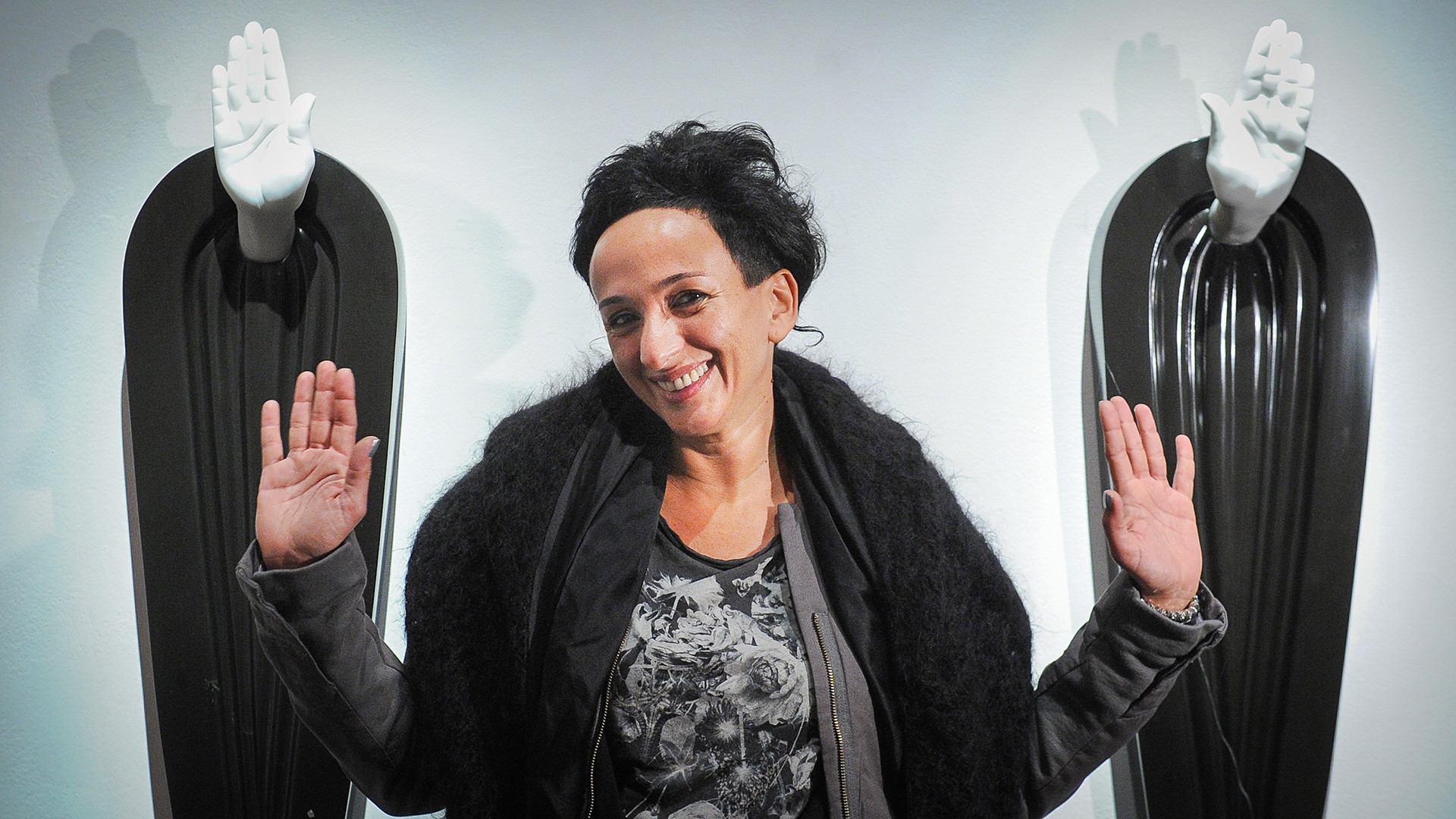
Aidan Salakhova
Valery Sharifulin/TASS1. Olga Rozanova

She is the only female avant-garde artist who succeeded in inventing her own modernism - Tsvetopis, or ‘color painting’. Like many avant-garde artists, Rozanova experimented a lot with new styles before finding her own. She was a futurist and, together with her lover, poet Aleksei Kruchenykh, came up with a futurist book in which text and images merged into one. The black and white album War became their most famous work.
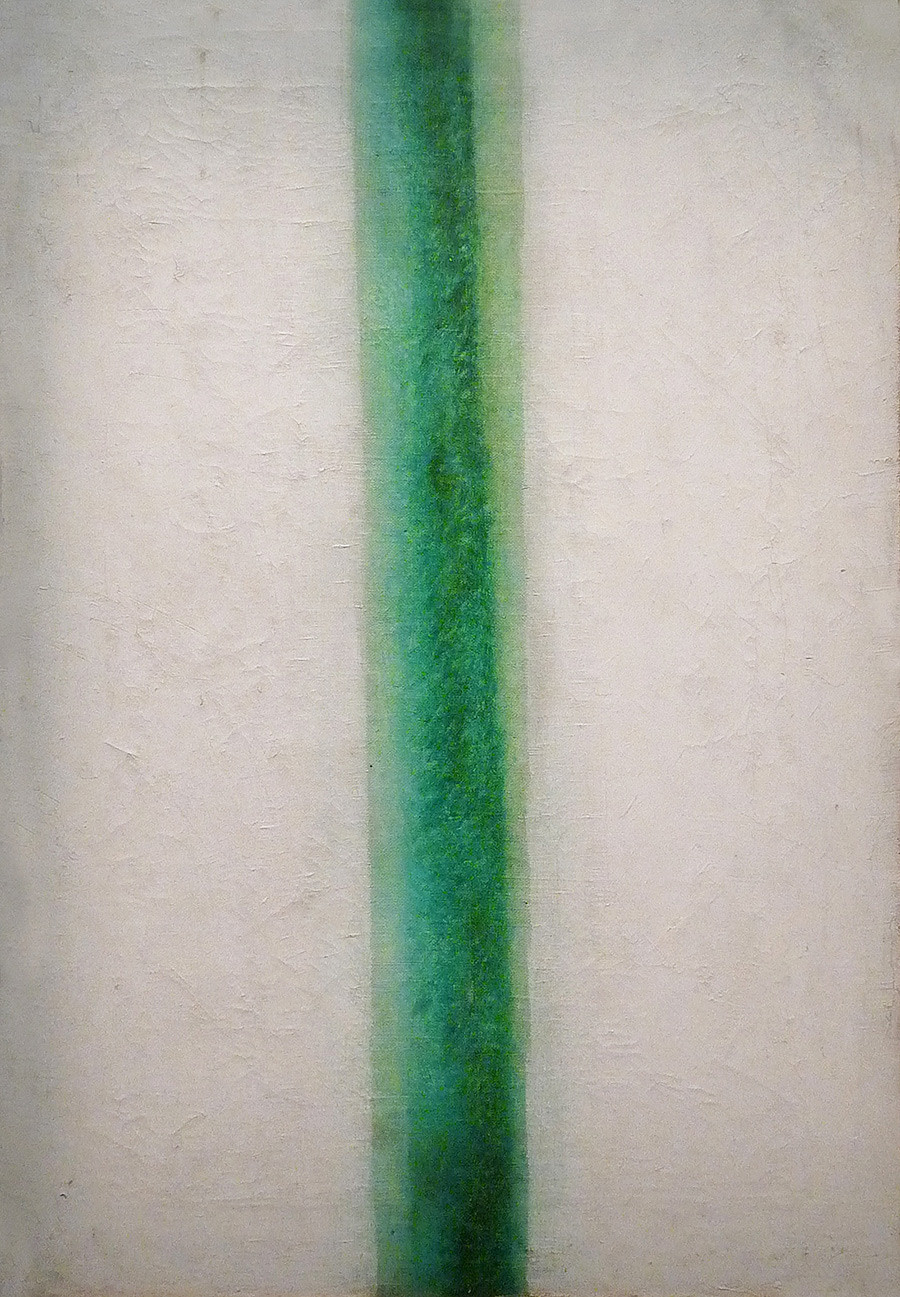
Olga Rozanova. The Green Line
Rostov Kremlin Museum-PreserveFor a short while she was a member of the Supremus group led by Kazimir Malevich. In 1917, she painted her masterpieces - Green Stripe and Non-Objective Composition - which pre-empted the Abstract Expressionism of Mark Rothko and Barnett Newman by several decades.
2. Varvara Stepanova
The wife and collaborator of avant-garde artist Alexander Rodchenko, Stepanova was one of the founders of Constructivism. In 1921, she gave up painting, because Constructivists had declared it to be bourgeois, and directed her talent towards "useful art" - design.
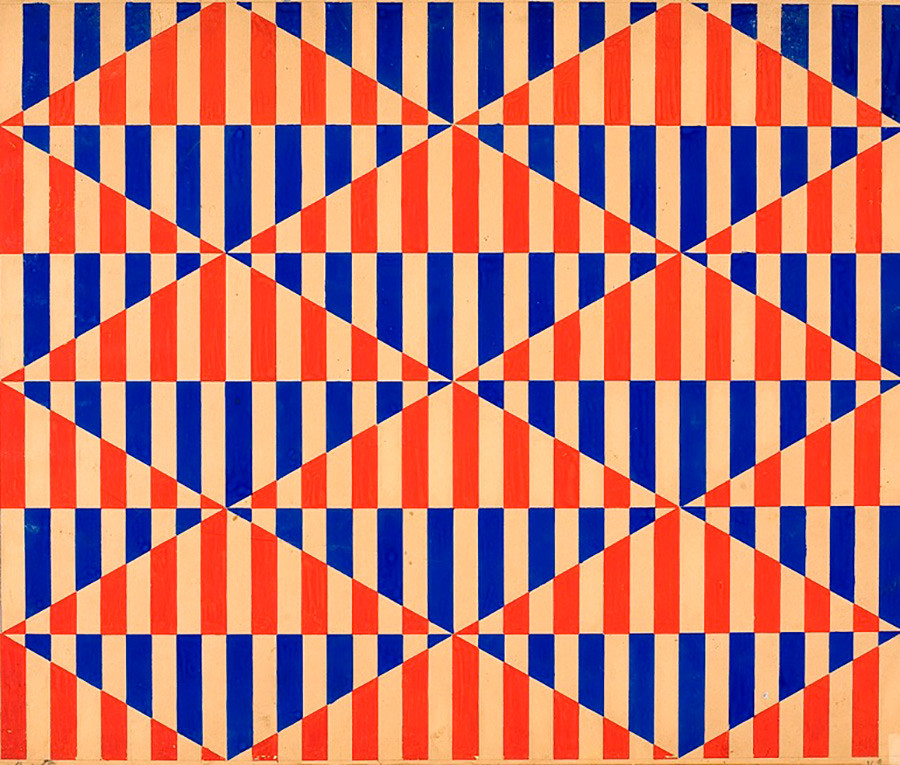
Varvara Stepanova. Textile design. 1924 Pushkin Museum of Fine Arts,
State Pushkin Museum of Fine ArtsShe was one of the inventors of working clothes, based on a common design that could be adapted to various occupational requirements. In the early 1920s, Stepanova worked at the First State Textile Printing Factory together with Lyubov Popova (#6 in our list), another famous avant-garde artist, where she created designs for fabrics.
3. Alexandra Exter

Exter [also known as Aleksandra Ekster] was one of the first Russian artists to move to abstract painting. She learnt about Cubism in the year it first appeared - during a visit to Paris in 1907 where she met Pablo Picasso, Georges Braque and Guillaume Apollinaire.
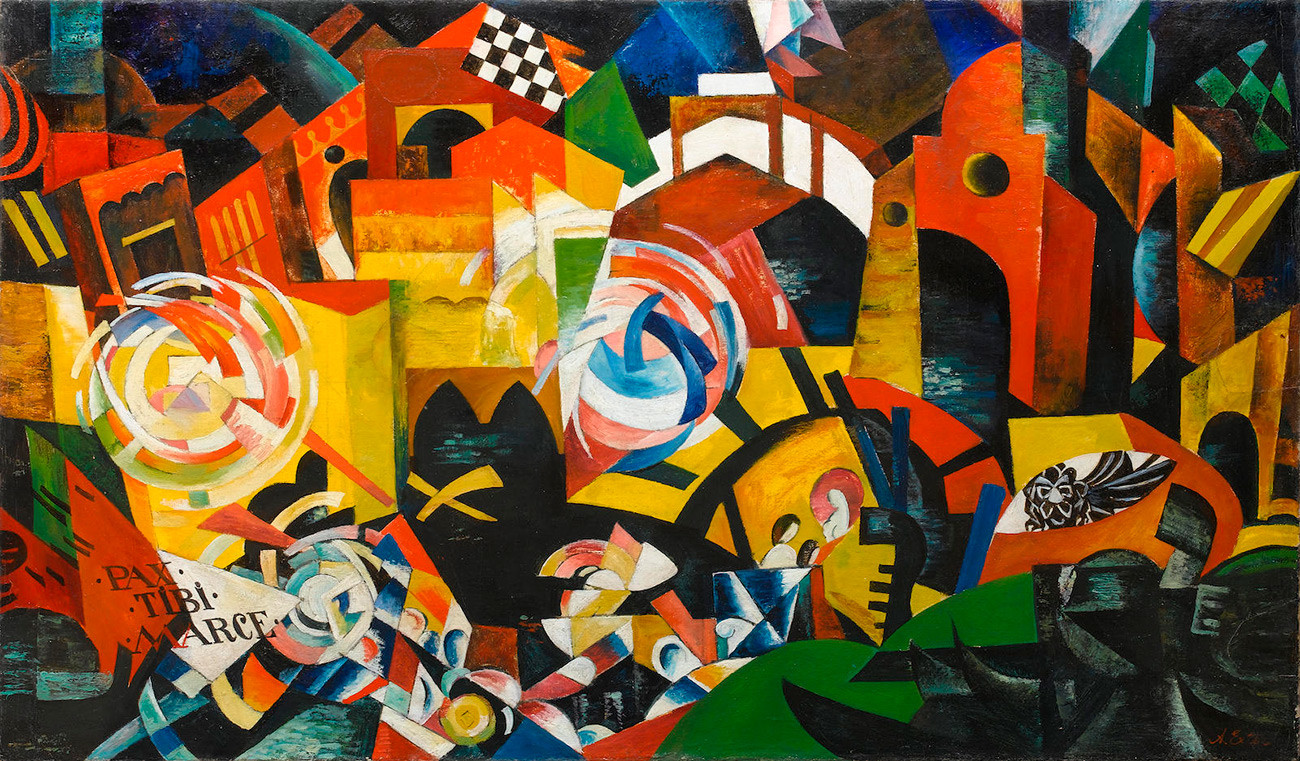
Alexandra Ester. Venice
State Tretyakov GalleryShe went through a stage of fascination with Cubism and became famous for her urban landscapes depicting views of Italy in the Cubo-Futurist style. In 1916, she moved to non-objective painting, which is distinguished by unusual color and dynamics. She created excellent stage sets and costume designs for the Moscow Chamber Theater, bringing Cubism to the theatrical stage.
4. Zinaida Serebriakova

Her art has strong echoes of Art Nouveau. The heroines in her portraits are considered the embodiment of the beauty and poetry of the Silver Age. Romantic and serene, they seem to live outside the storms of life, in a world of eternal femininity, where the roar of revolutions and wars cannot be heard. At the same time, the artist found herself caught between the ‘grindstones’ of history.

Zinaida Serebryakova. Whitening Linen
State Tretyakov GallerySoon after the 1917 Revolution, her husband died and Serebriakova and her four children were left without any income. When she left for Paris in the mid-1920s, two of her children had to stay behind in the USSR. Serebriakova's most famous works are At the Dressing-Table and Whitening Linen from her ‘peasant’ series.
5. Natalia Goncharova

Nowadays the "suffragette of Russian painting" is the ‘most expensive’ Russian woman artist - prices for some of her works have reached $8.2 million at auctions. Her art combines neo-primitivism, icon painting and the latest avant-garde art movements. Goncharova even created a modern version of icon painting in her ‘peasant’ series.
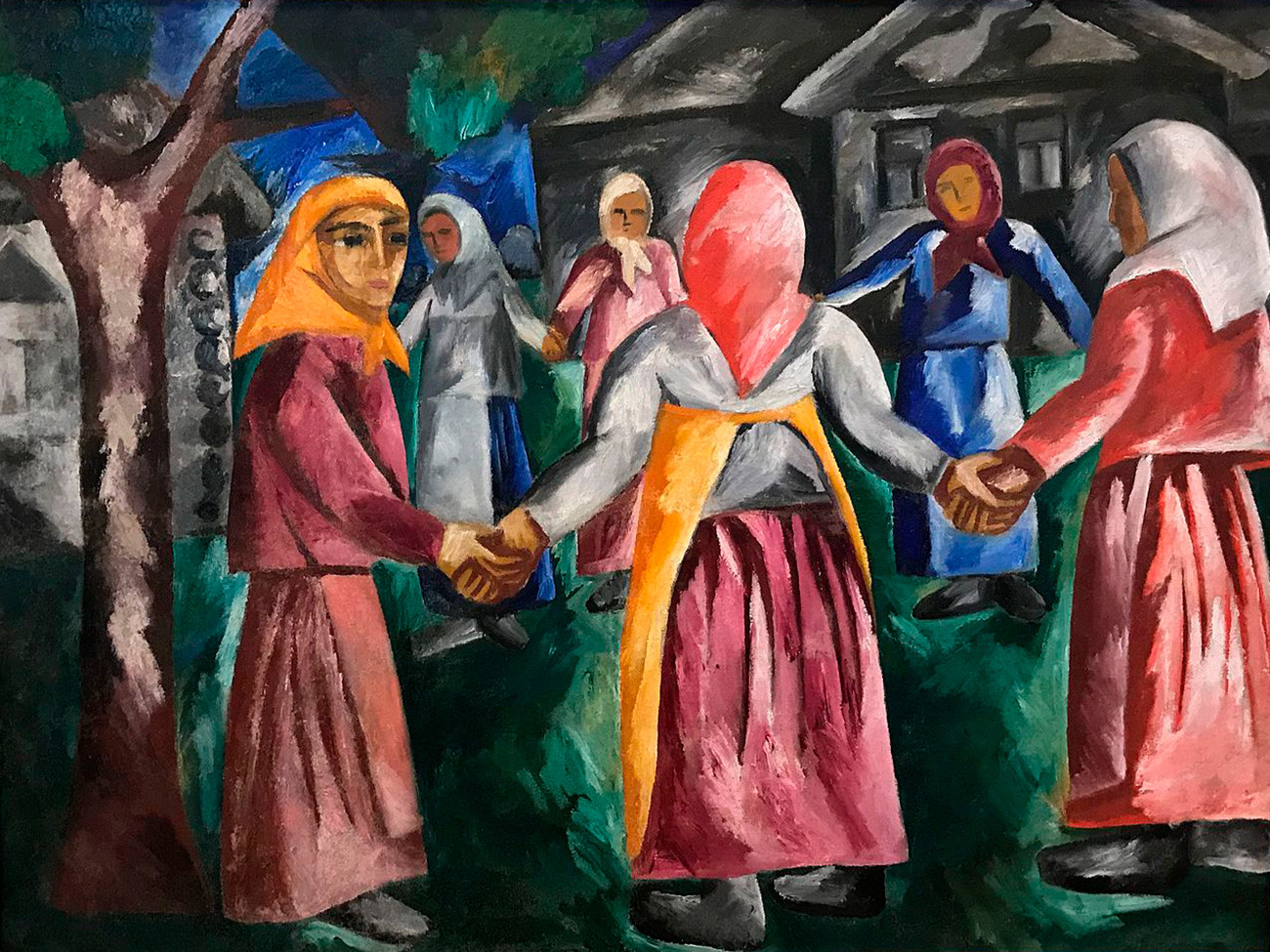
Natalia Goncharova. Dance
Serpukhov historical-art museumIn her youth, she played an active part in events staged by Futurists and would feature topless in their performance films. After the 1917 Revolution, she moved to Paris with her husband Mikhail Larionov. There, she mainly worked in the theater for Sergei Diaghilev's Ballets Russes seasons.
6. Lyubov Popova

After embracing Cubo-Futurism and Suprematism, Popova adopted Constructivism. In 1921, she turned to ‘making things’. "The work of a modern artist inevitably takes place in the confines of tangible production," Popova wrote.
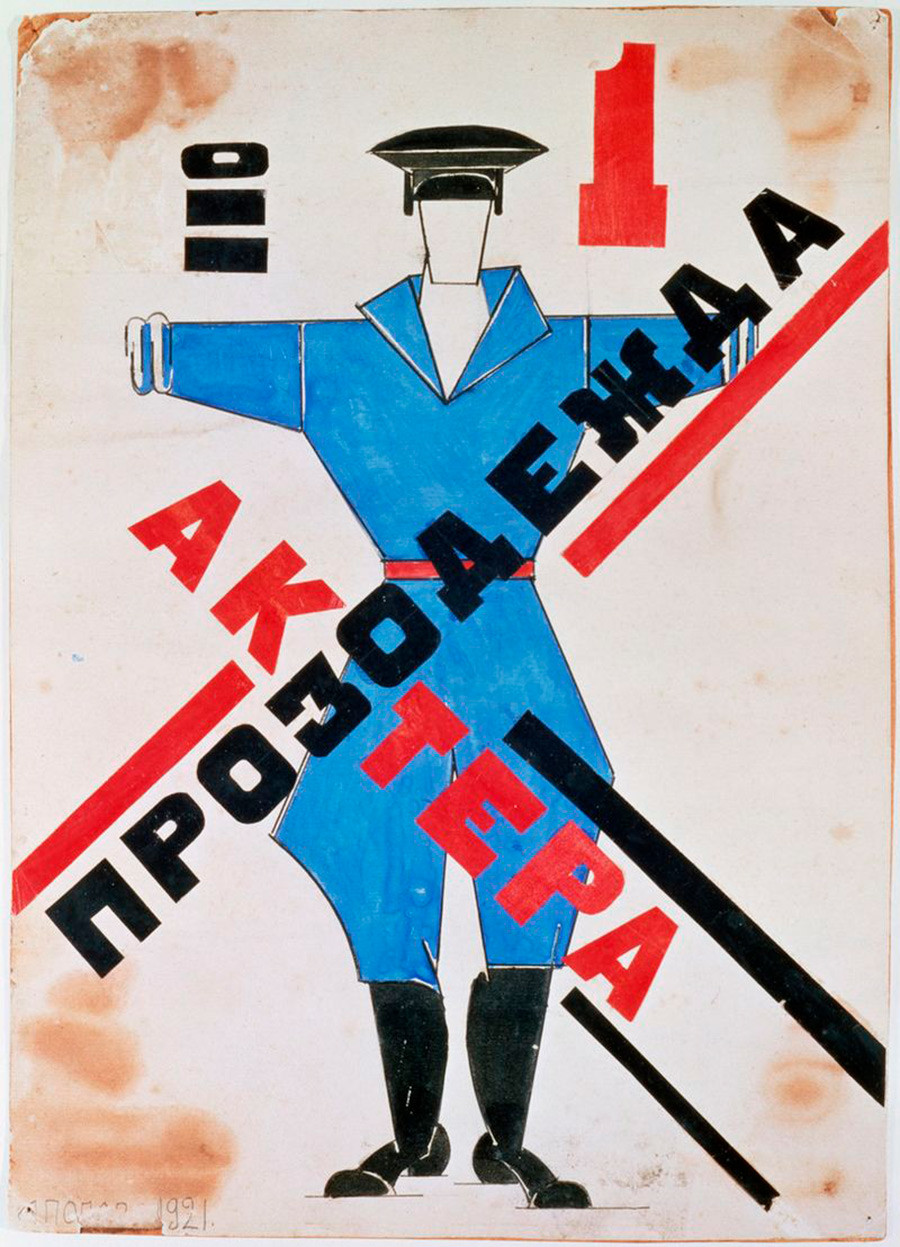
Production Clothing for Actor no.1
Lyubov Popova/Museum LudwigTogether with Varvara Stepanova, she focused on designing work clothes. In her costumes, she first and foremost highlights their constructional and functional role. The particular cut of pockets, seams, belts and fasteners defined the look of a worker, a pilot, a propagandist or member of other ‘revolutionary’ professions.
7. Vera Mukhina

She was a monumentalist sculptor who, with others, created the heroic style of Soviet sculpture. Her protagonists were the titans of the new Soviet society and the vanquishers of history. In the 1920s, she was actively involved in implementing a plan for putting visual monumental art at the service of “monumental propaganda”.
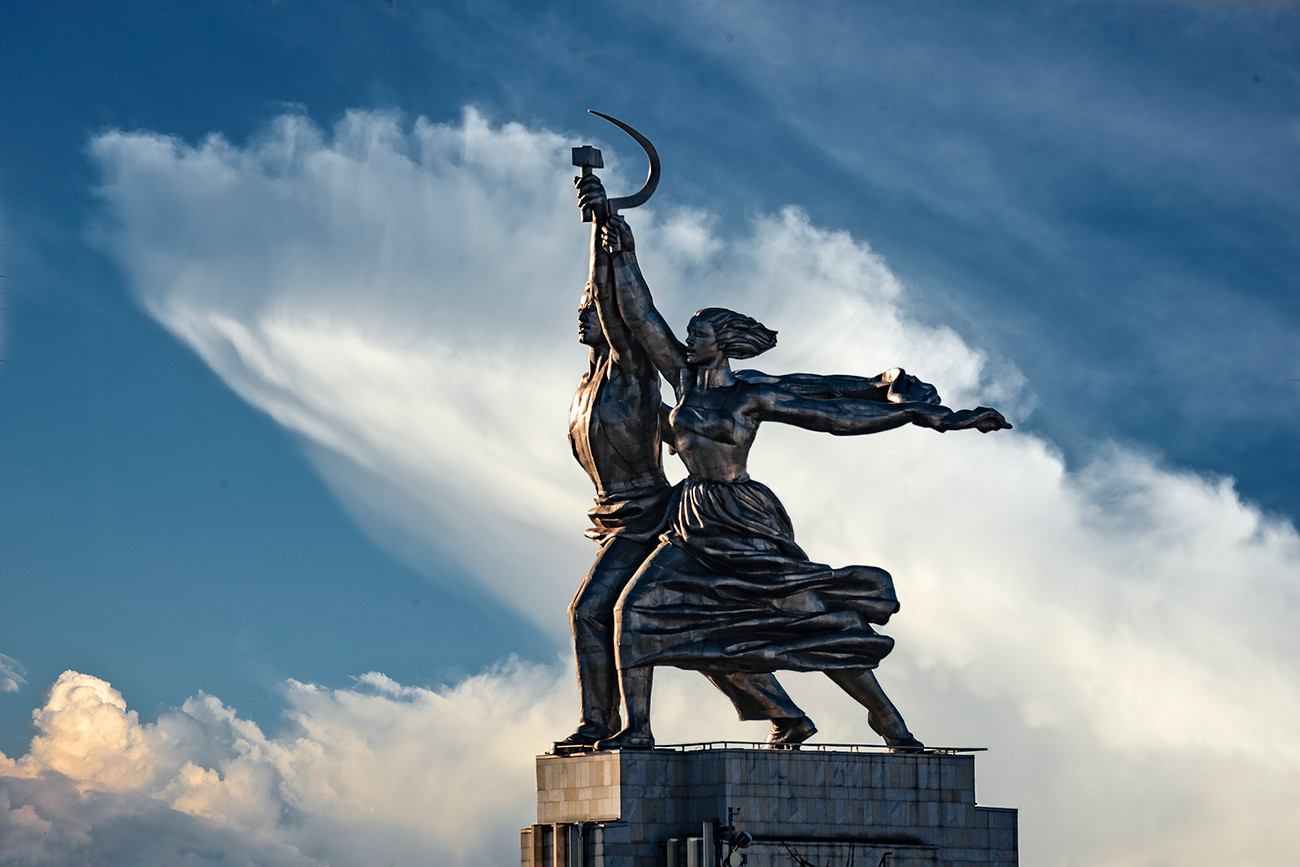
Vera Mukhina. Worker and Kolkhoz Woman
Konstantin Kokoshkin/Global Look PressMukhina's main work is the 24-meter-high sculpture Worker and Kolkhoz Woman, designed for the Soviet pavilion at the 1937 International Exhibition in Paris and now on display outside the All-Russia Exhibition Center (VDNKh). After the war, she worked on likenesses of representatives of the Soviet intelligentsia.
8. Tatiana Nazarenko

The art of Nazarenko has become a trademark of the 1970s-1980s. As part of the realist school of painting, she managed to reflect the aspirations of her time and give a voice to the Soviet intelligentsia.
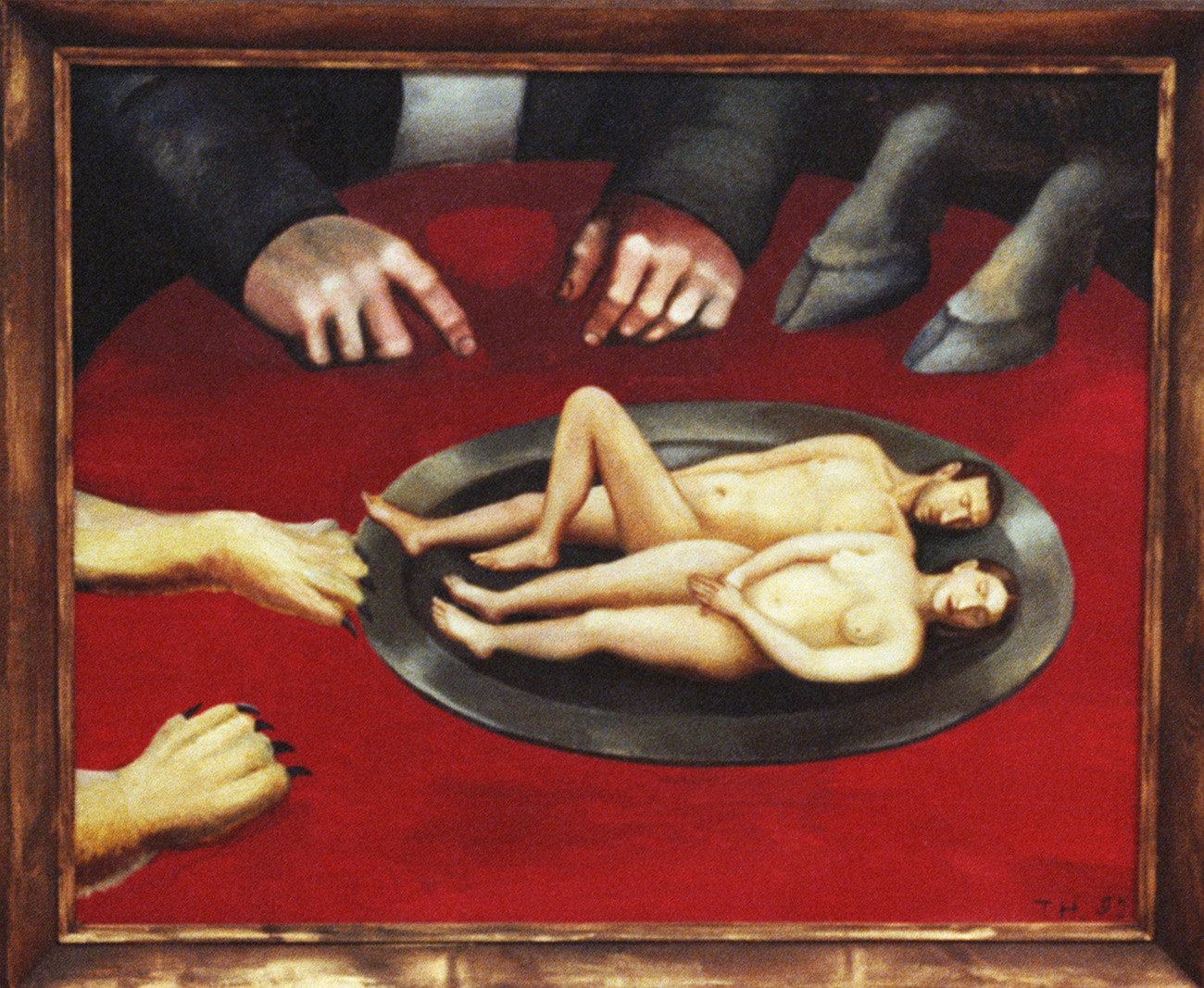
Tatiana Nazarenko. Supper
Viktor Velikzhanin/TASSShe focused on personal feelings, reflection, and a sense of dissatisfaction and loneliness, expressed through allusion, allegory and metaphor. She was interested in her own life, the lives of people close to her and the life of her generation. In the USSR, Nazarenko was accused of an ugly portrayal of reality, because of the grotesque depiction of her subjects inherent in her style.
9. Lidiya Masterkova

Masterkova was one of the few female artists belonging to the Nonconformist circle. In the 1950s, she joined the Lianozovo Group, which included the unofficial poets and artists Oscar Rabin, Genrikh Sapgir and Vladimir Nemukhin, with whom Masterkova was married to for 14 years.
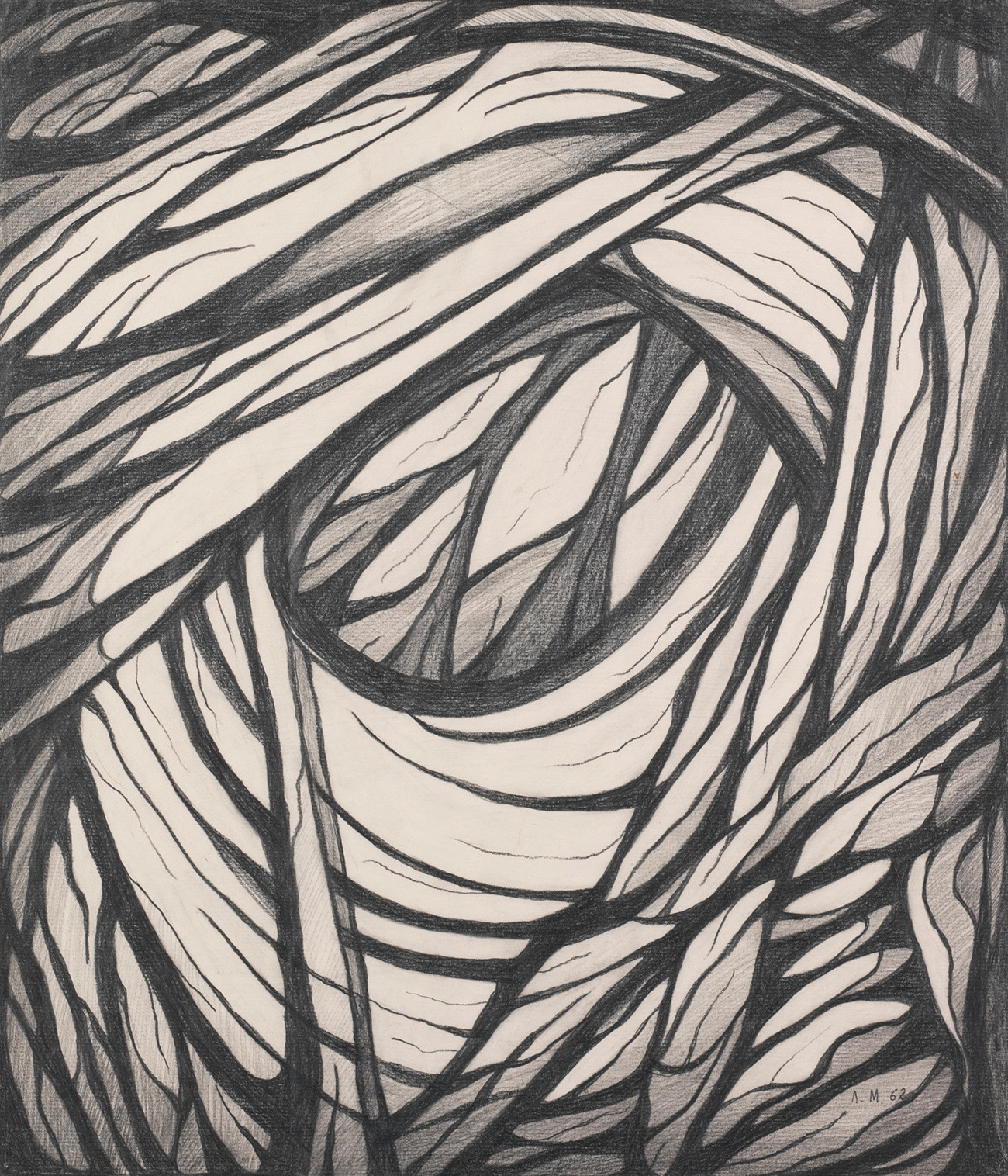
Lidiya Masterkova. "Alone, lost and forgotten"
Lidiya MasterkovaMasterkova painted in the style of metaphysical abstraction, imbuing geometric forms with mystical meaning. She also applied collage techniques in her work, using lace, brocade and other fabrics in her pictorial compositions. She participated in the notorious Bulldozer Exhibition and, after it was broken up, moved to Paris in 1975.
10. Irina Nakhova

In the 1980s, Nakhova joined the circle of the Moscow Conceptualists. First among artists in the USSR, she used her Moscow apartment to create a ‘total installation’ called Rooms, as an example of Environmental art.
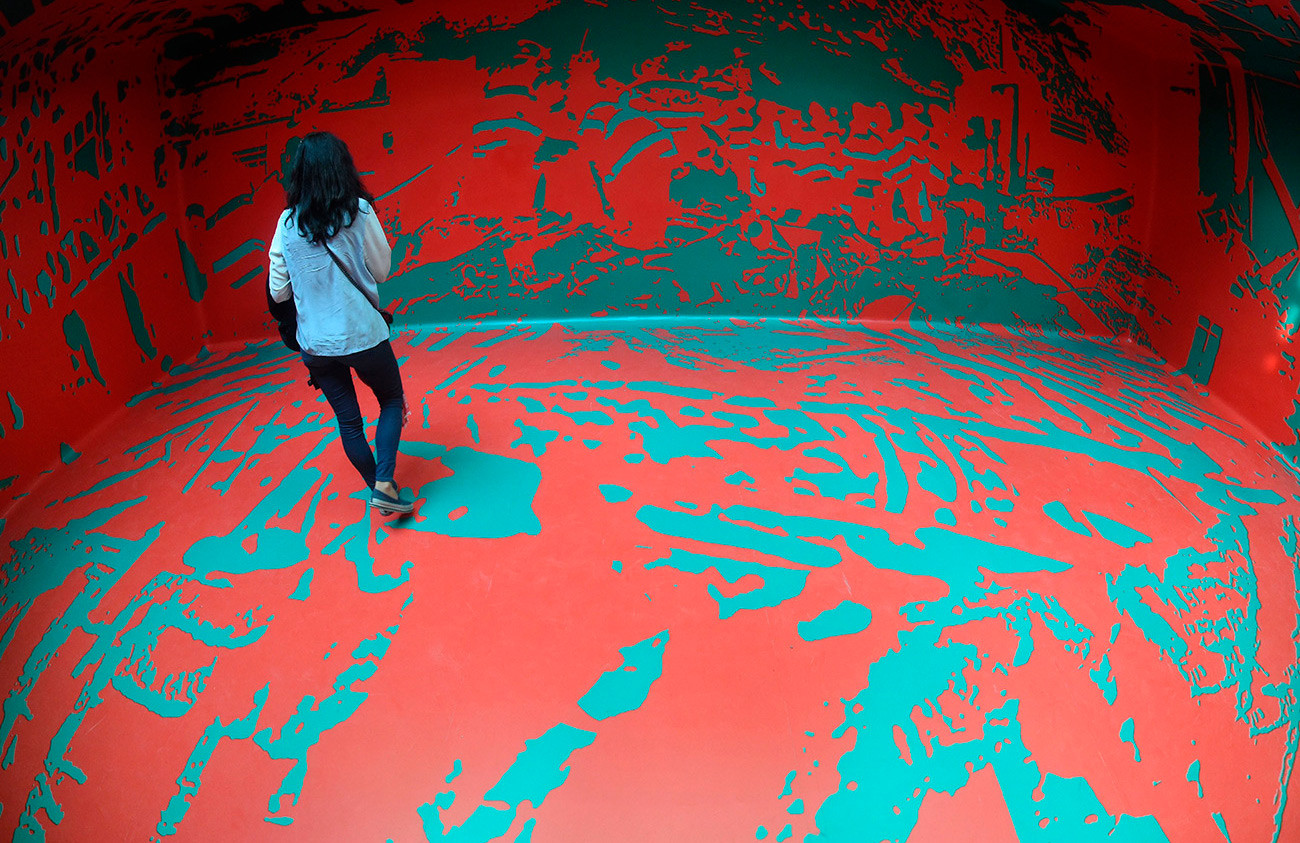
Irina Nakhova. The Green Pavillion at the Venice Biennale
Global Look PressIn the early 1990s, she moved to the U.S. In her installations she uses different media - painting, photography, collage and video. One of her best-known works is a gigantic walk-in vagina in her Stay With Me installation, which smothers the viewer with its embrace. In 2015, Nakhova represented Russia in the national pavilion at the Venice Biennale.
11. Aidan Salakhova

The chief odalisque of contemporary Russian art explores the fate of women of the East in the modern world. Her art crackles with the tension that arises at the intersection of East and West, tradition and modernity, the eternal and the transitory. Her oriental beauties exist in a world of voluptuousness and seduction, concealing their explosive sexuality behind hijabs.
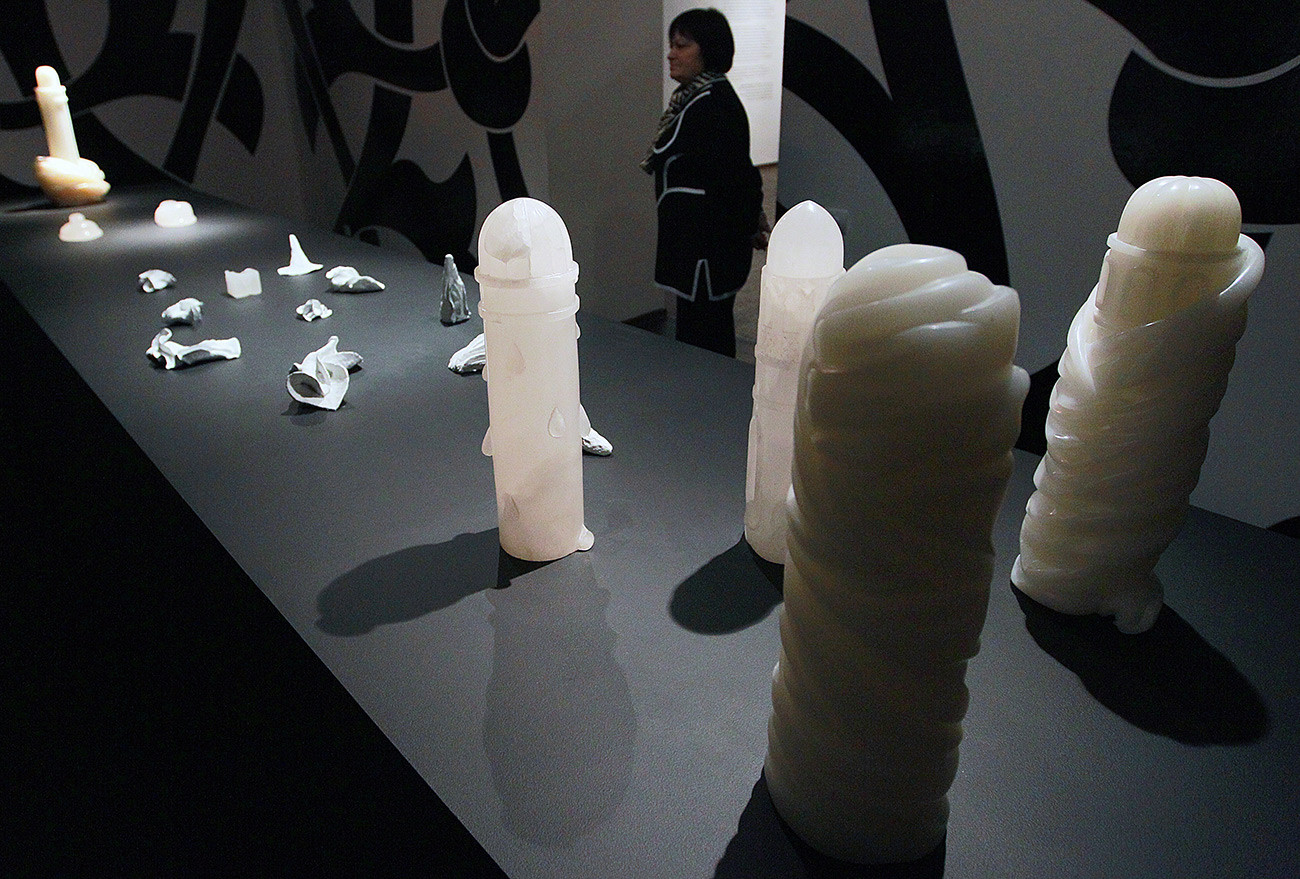
Aidan Salakhova. Exhibition "Fascinans and Tremendum" in the Moscow Museum of Modern Art
Ruslan Krivobok/SputnikLately, Salakhova has abandoned painting in favor of sculpture, carving unaided out of Carrara marble the symbols of her artistic universe - phallic minarets and Kaabas as vaginas.
12. Irina Korina

Considered an ironic investigator of post-Soviet culture, Korina unerringly portrays contemporary Russian life. She works in the genres of installation and object, directing light, sound and space with the skill of a stage set designer. But the main voice in the choir of expressive means at her disposal is texture.
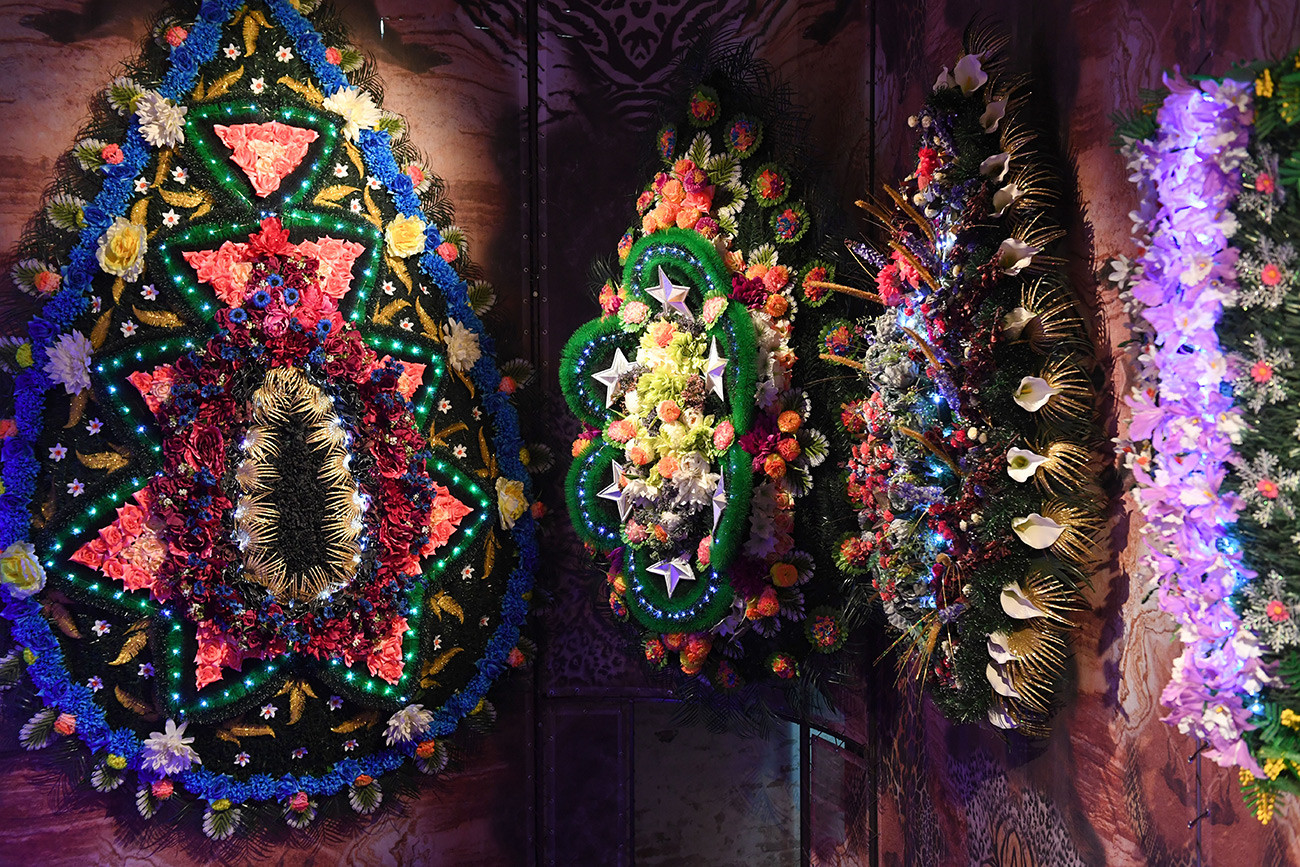
Irina Korina. Good Intentions at the Venice Biennale
Global Look PressThe artist has such a sensitive feel for materials that in the juxtaposition of oilcloth bags, roof tiles, corrugated metal, wall cladding, laminate, packaging and scraps of wallpaper, all of which she uses in her work, our age is depicted in all its distinguishing features. She has held exhibitions in many museums of the world; in 2017, she took part in the main program of the Venice Biennale.
13. Olga Chernysheva

Chernysheva works in different genres - painting, graphic art and photography - but she has become most famous for her work in the genre of video art. Her diploma work at the Gerasimov Institute of Cinematography (VGIK) was devoted to Pavel Fedotov, the most sardonic Russian painter of the 19th century. Since then, the spirit of Fedotov has never left Chernyshova.
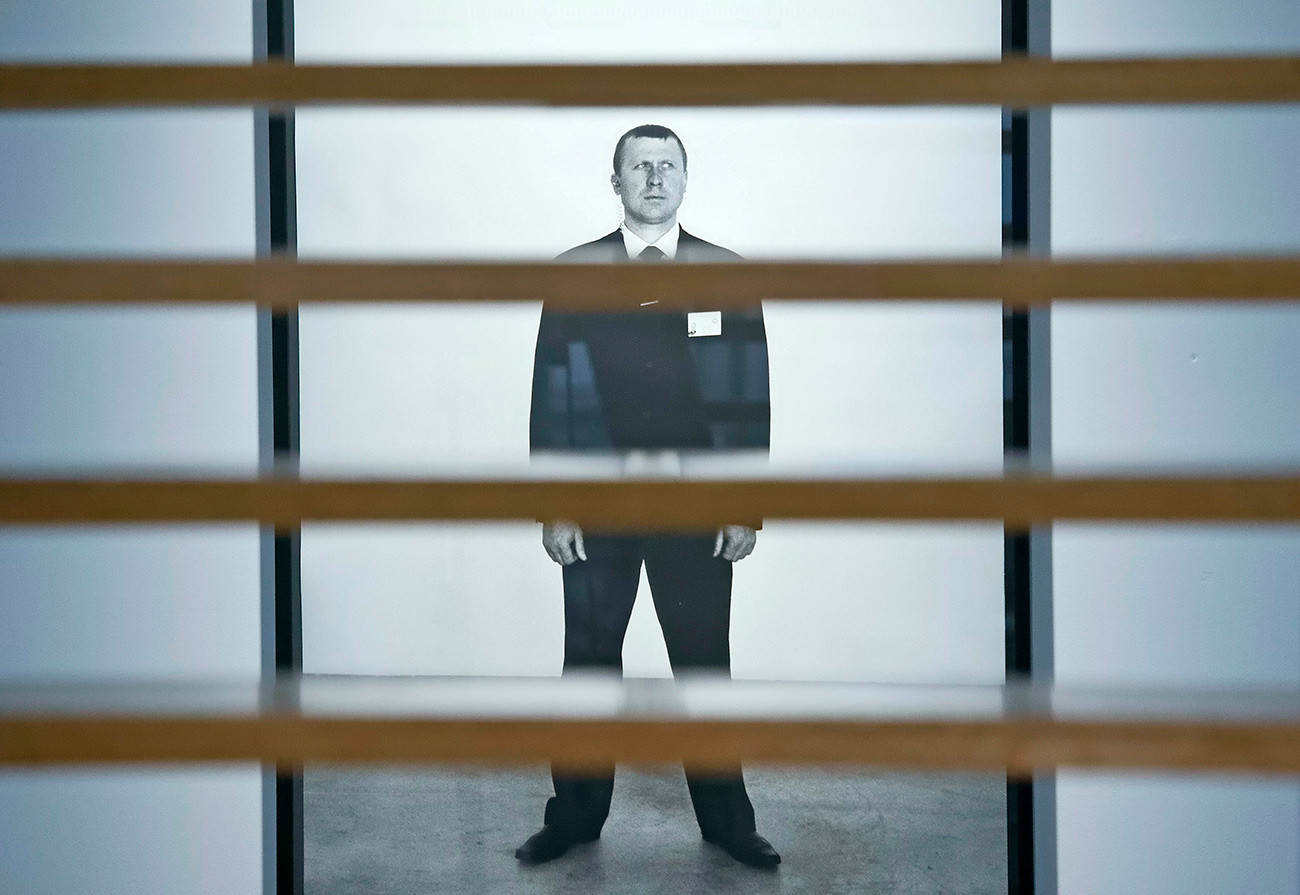
Olga Chernysheva. The photograph 'Guard' at the exhibition 'Compossibilities' in the Kunsthalle (Art Hall) in Erfurt, Germany
APShe is an attentive and ironic observer of post-Soviet life with all its hopes, lost dreams and contradictions. Chernysheva is one of the most exhibited Russian female artists in the West and the only Russian to be included in the new book, Women Artists, published by Thames & Hudson.
14. Anna Zhelud

Anna is an artist who poeticizes the ‘beauty of the unattractive’. Her focus is on the most prosaic objects that surround us in everyday life. Old and forlorn water cans, cooking pots, kettles and smoothing-irons have all become her heroes, first in painting and then in the sculptures she creates from bent wire rod.
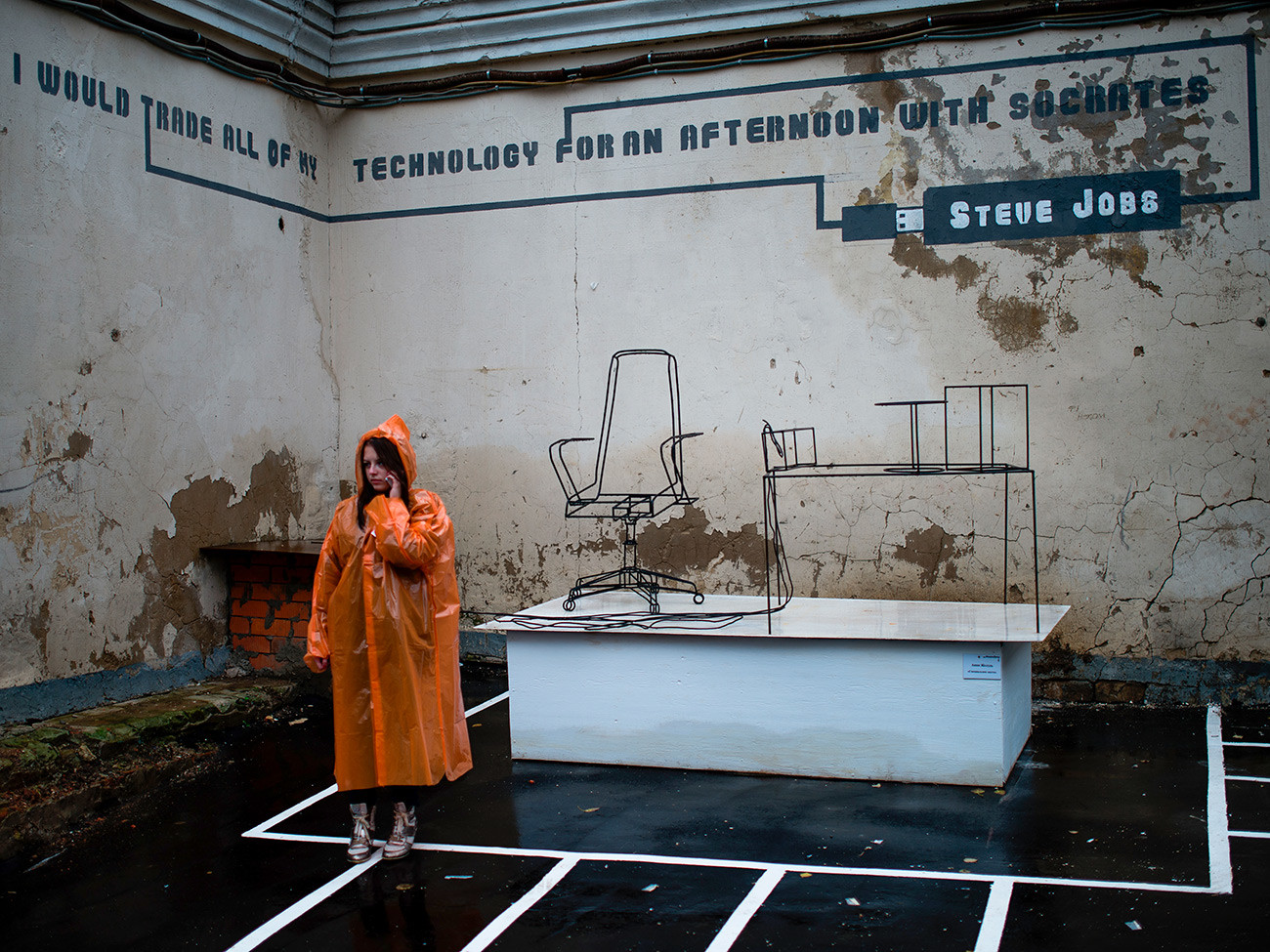
Anna Zhelud. The Special Place installation within the Moscow Biennale of Contemporary Art
Alexander Vilf/SputnikZhelud leaves only the skeletons of things, so that, having lost their metal ‘flesh’, they are transformed into the ideas of objects, into their doubles, which have forgotten their everyday purpose. She contributed to the Communications project in the main exhibition of the 53rd Venice Biennale.
15. Taus Makhacheva

Makhacheva has devoted her art to an exploration of how ancient cultural traditions and customs coexist in the contemporary culture of Dagestan, a republic in the Caucasus that is part of the Russian Federation.
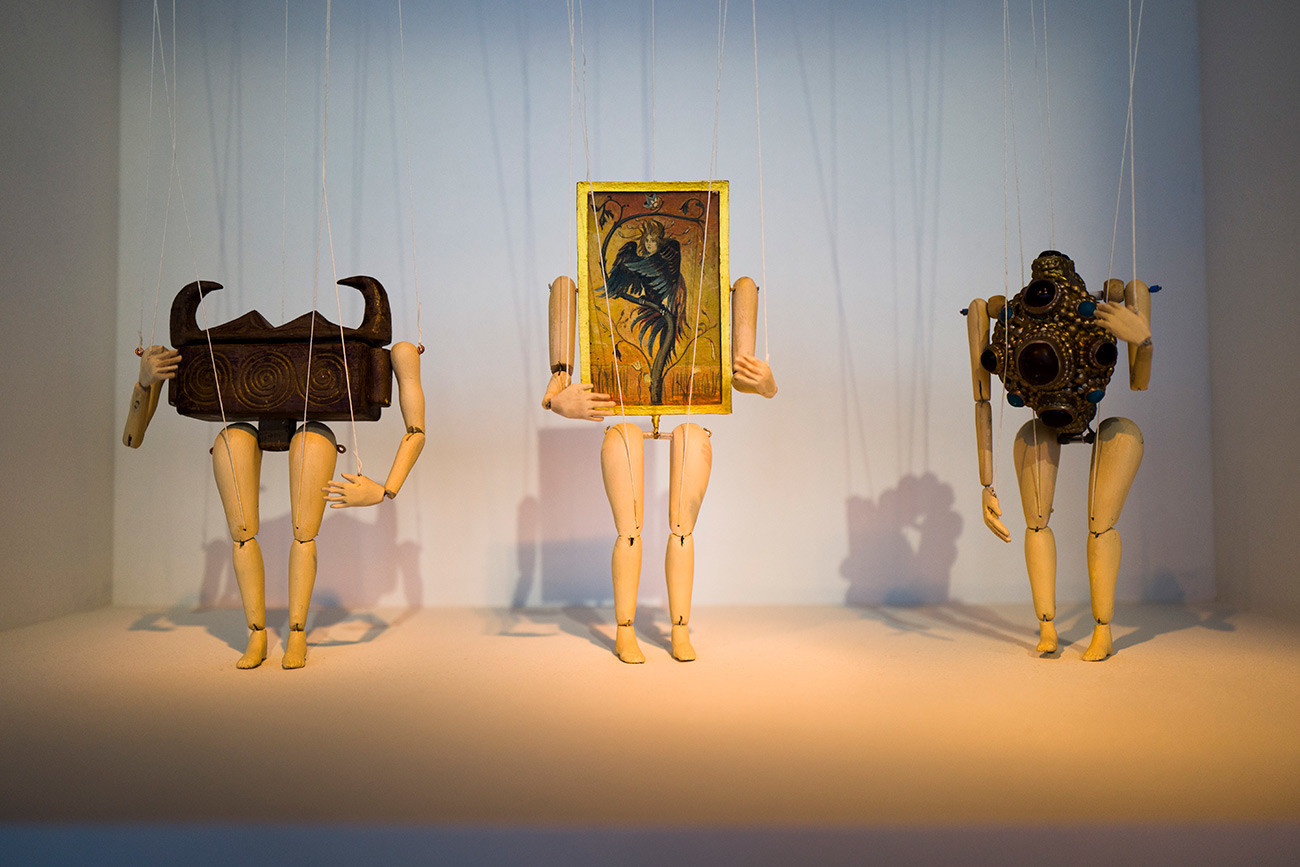
Taus Makhacheva. The Way of an Object at the Triennale in the Garage Museum of Contemporary Art in Moscow
APA graduate of Goldsmiths and the Royal College of Art in London, she works in the genre of video art, creating both staged stories replete with irony and stories observed from life. Makhacheva was awarded the Russian Kandinsky Prize in 2016 for her image of the female superhero Super Taus in the video work Untitled 2.
If using any of Russia Beyond's content, partly or in full, always provide an active hyperlink to the original material.
Subscribe
to our newsletter!
Get the week's best stories straight to your inbox
